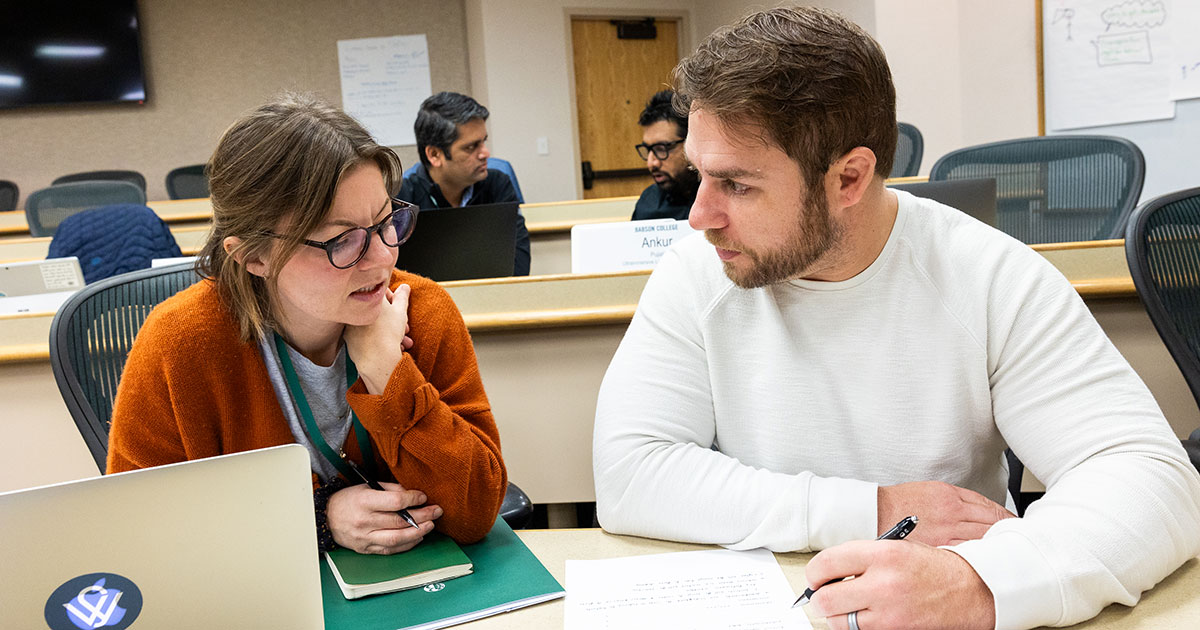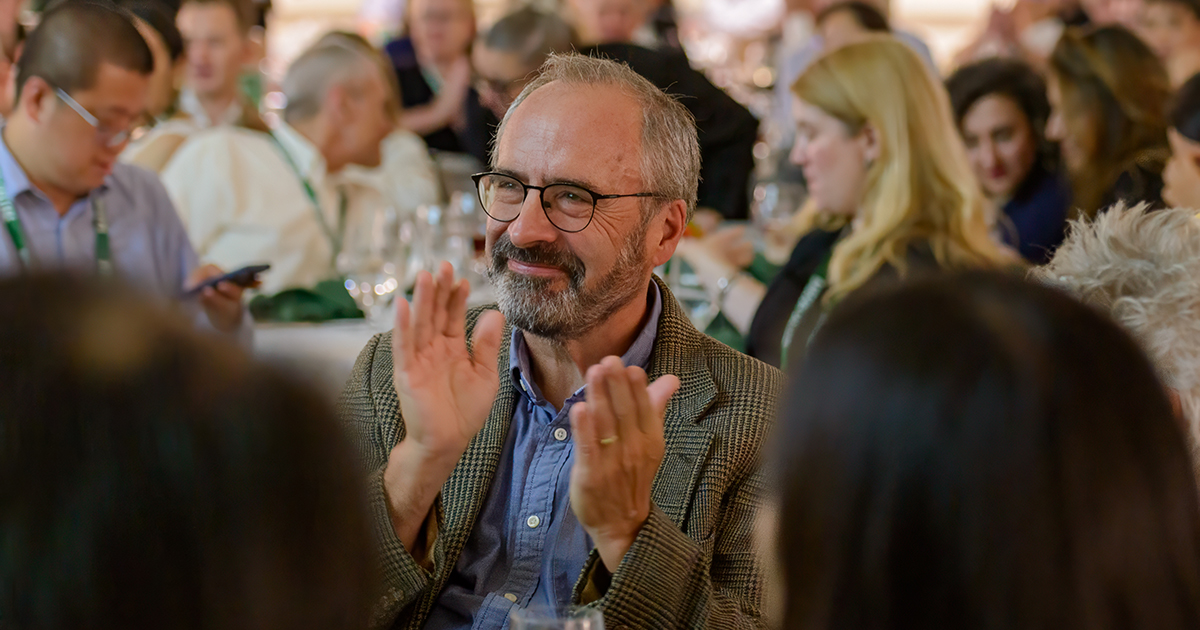Crowdfunding Social Entrepreneurs, Part I
Ten years ago, social investing pioneers such as Pierre Omidyar and Jeff Skoll used their Internet-derived wealth to create a new type of foundation, one that would invest in entrepreneurs whose goal was relieving social problems with business methods. These entrepreneurs capitalized their innovations with a single source of wealth (in Omidyar’s and Skoll’s cases, their early ownership of eBay). Now, social entrepreneurs are innovating on the source of wealth as well.
Crowdfunding is an Internet-powered evolution of an age-old activity, and it’s providing social entrepreneurs with access to capital, customers, and ideas. Social entrepreneurs don’t have to beg philanthropic organizations or corporations to get started. Sites such as Kickstarter and StartSomeGood are bringing the crowdfunding concept to social entrepreneurship.
Jordan Raynor, co-founder of Citizinvestor.com, would like to take the shiny new aura off the term. “Taxes are crowdfunding,” he comments. “Political campaign contributions are crowdfunding.” On Citizinvestor, municipal governments submit plans for civic projects for which tax dollars have not been allocated, and citizens fund those parks, education programs, or improvements that they support.
What is new is the Internet’s power to connect social entrepreneurs of all kinds with constituents, investors, and donors directly, without the assistance (or intervention) of fundraisers, brokers, banks, venture capital firms, hedge funds, or well-placed connections. On the Web, what matters is the power of a social idea.
Kickstarter is currently the poster child for crowdfunding; its first purpose was securing funding for artistic projects, and it soon expanded to technology, journalism, and food-related projects. Creators place a business plan on Kickstarter, and solicit investors for money to make their idea a reality. Instead of company equity, investors are guaranteed receipt of an experience (such as an invitation to a film’s premiere) or tangible good whose development they supported (a snazzy new iPad dock and keyboard).
This model soon spread to the realm of social entrepreneurship at other sites with different purposes and models. Ideas on these sites gain support from people with common beliefs, values, and missions. Social entrepreneurs are not always seeking money, however, and the different goals of social crowdfunding have led to three distinct models based on distinct investors:
- Social Investors, who provide money that will produce social benefit on an ongoing basis, such as investing in a school or microbusiness.
- Social Influencers, who promote social good by investing in social or political advocacy as well as methods of influencing public spending, policy, etc. to promote a social good.
- Crowdfundraisers whose small contributions combine via the Internet to magnify contributions and change fundraising markets.
We’ll explore these three models in detail in our next installment.
Posted in Entrepreneurial Leadership






